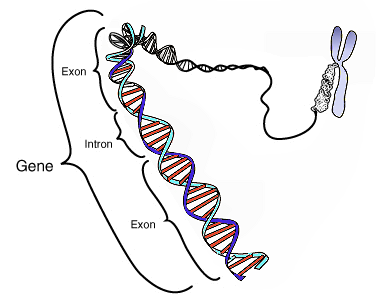You’ve seen the “we’ll help you file your patent application” infomercials on late night cable. The underlying promise is simple: your unique invention will find its way into every household on Earth and consequently will thrust you into the financial stratosphere making you the planet’s first gazillionaire. Of course, this will happen only after you part with your hard-earned cash for help in filing the patent. Incidentally, filing a patent with the US Patent and Trademark Office (USPTO) usually starts at around $10-15,000.
Some patents are truly extraordinary in their optimistic silliness: wind harnessing bicycle, apparatus for simulating a high-five, flatulence deodorizer, jet-powered surfboard, thong diaper, life-size interactive bowl of soup, nicotine infused coffee, edible business cards, magnetic rings to promote immortality, and so it goes. Remember, though, this is the United States, and most crazy things are possible and profitable. So, you could well find yourself becoming addicted to those 20oz nicotine infused lattes each time you pull up at the local coffee shop on your jet-powered surfboard.
But perhaps the most recent thoroughly earnest and whacky patent filing comes from Boeing no less. It’s for a laser-powered fusion-fission jet engine. The engine uses ultra-high powered lasers to fuse pellets of hydrogen, causing uranium to fission, which generates heat and subsequently electricity. All of this powering your next flight to Seattle. So, the next time you fly on a Boeing aircraft, keep in mind what some of the company’s engineers have in store for you 100 or 1,000 years from now. I think I’d prefer to be disassembled and beamed up.
From ars technica:
Assume the brace position: Boeing has received a patent for, I kid you not, a laser-powered fusion-fission jet propulsion system. Boeing envisions that this system could replace both rocket and turbofan engines, powering everything from spacecraft to missiles to airplanes.
The patent, US 9,068,562, combines inertial confinement fusion, fission, and a turbine that generates electricity. It sounds completely crazy because it is. Currently, this kind of engine is completely unrealistic given our mastery of fusion, or rather our lack thereof. Perhaps in the future (the distant, distant future that is), this could be a rather ingenious solution. For now, it’s yet another patent head-scratcher.
To begin with, imagine the silhouette of a big turbofan engine, like you’d see on a commercial jetliner. Somewhere in the middle of the engine there is a fusion chamber, with a number of very strong lasers focused on a single point. A hohlraum (pellet) containing a mix of deuterium and tritium (hydrogen isotopes) is placed at this focal point. The lasers are all turned on at the same instant, creating massive pressure on the pellet, which implodes and causes the hydrogen atoms to fuse. (This is called inertial confinement fusion, as opposed to the magnetic confinement fusion that is carried out in a tokamak.)
According to the patent, the hot gases produced by the fusion are pushed out of a nozzle at the back of the engine, creating thrust—but that’s not all! One of the by-products of hydrogen fusion is lots of fast neutrons. In Boeing’s patented design, there is a shield around the fusion chamber that’s coated with a fissionable material (uranium-238 is one example given). The neutrons hit the fissionable material, causing a fission reaction that generates lots of heat.
Finally, there’s some kind of heat exchanger system that takes the heat from the fission reaction and uses that heat (via a heated liquid or gas) to drive a turbine. This turbine generates the electricity that powers the lasers. Voilà: a fusion-fission rocket engine thing.
Let’s talk a little bit about why this is such an outlandish idea. To begin with, this patented design involves placing a lump of material that’s made radioactive in an airplane engine—and these vehicles are known to sometimes crash. Today, the only way we know of efficiently harvesting radioactive decay is a giant power plant, and we cannot get inertial fusion to fire more than once in a reasonable amount of time (much less on the short timescales needed to maintain thrust). This process requires building-sized lasers, like those found at the National Ignition Facility in California. Currently, the technique only works poorly. Those two traits are not conducive to air travel.
But this is the USA we’re talking about, where patents can be issued on firewalls (“being wielded in one of most outrageous trolling campaigns we have ever seen,” according to the EFF) and universities can claim such rights on “agent-based collaborative recognition-primed decision-making” (EFF: “The patent reads a little like what might result if you ate a dictionary filled with buzzwords and drank a bottle of tequila”). As far as patented products go, it is pretty hard to imagine this one actually being built in the real world. Putting aside the difficulties of inertial confinement fusion (we’re nowhere near hitting the break-even point), it’s also a bit far-fetched to shoehorn all of these disparate and rather difficult-to-work-with technologies into a small chassis that hangs from the wing of a commercial airplane.
Read the entire story here.

 Paradoxically the law and common sense often seem to be at odds. Justice may still be blind, at least in most open democracies, but there seems to be no question as to the stupidity of much of our law.
Paradoxically the law and common sense often seem to be at odds. Justice may still be blind, at least in most open democracies, but there seems to be no question as to the stupidity of much of our law.